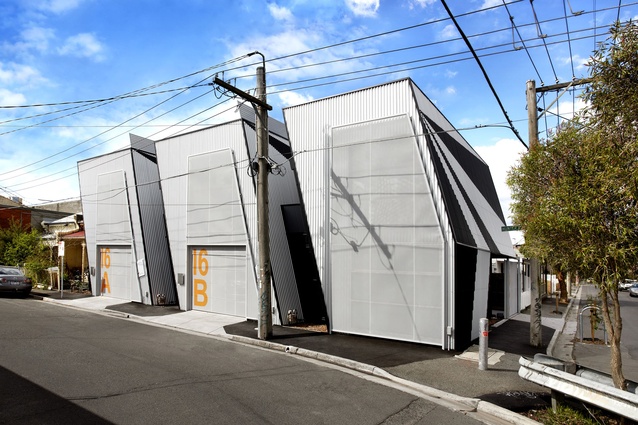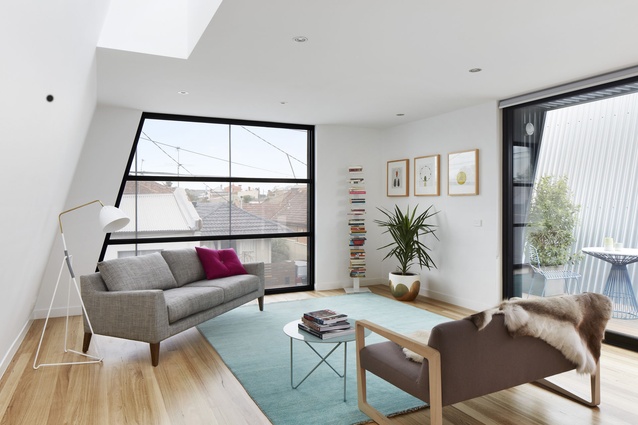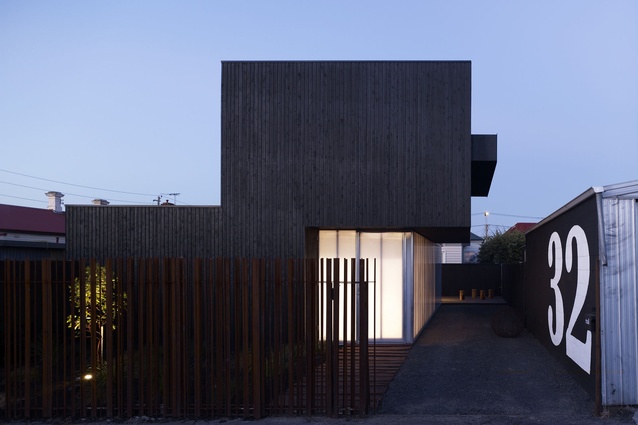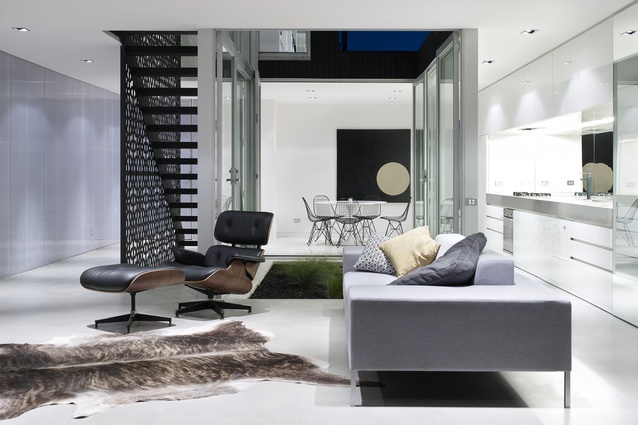Architect profile: ODR Architects
John Mercuri (45) and Steve McKellar (35) are the Australian architects behind a set of urban
 Melbourne townhouses featured in Urbis issue 83. The duo, who founded Of Diverse Research (ODR) Architects in 2004 after studying together at RMIT University, have built an impressive portfolio of urban residential and commercial projects. Urbis chatted to the pair about architecture in the city.
Melbourne townhouses featured in Urbis issue 83. The duo, who founded Of Diverse Research (ODR) Architects in 2004 after studying together at RMIT University, have built an impressive portfolio of urban residential and commercial projects. Urbis chatted to the pair about architecture in the city.
Urbis: Tell us about ODR Architects.
John Mercuri: The company started with a discussion over a few drinks. In the beginning, it was an after-hours business where time and effort was spent trying to establish a strong design ethos. This has carried into our business. We collaborate with others at times to allow a diversity in our practice, wich also allows the firm to mature.
Steve McKellar: Our team fluctuates between three and five staff members. Our projects are mainly residential, although we have been working on commercial and institutional projects recently, too.
U: What are you working on at the moment?
JM: At the moment, we are working on a few residential projects, including a passive house alteration called the EnerPhit Standard. We’re looking at using surrounding houses for cues in its form. We’re attempting to design the house so it doesn’t look like a passive house. For another residential project we’re working on in Williamstown, we’re dealing with a very tight site and heritage overlay. The design is a contemporary interpretation of a Victorian cottage, with its interiors providing an alternative way of living– rather than the usual two bedrooms, we are looking at creating a space that changes as the two daughters grow up.
SM: We are also doing a library refurbishment, where we are looking at the idea of book versus computer and attempting to relay that message to its exterior. We’re collaborating with a local architect, Mal Lee, who uses recycled, locally and naturally-sourced materials. We’re trying to integrate sustainable design with a contemporary, architectural language.
U: How would you describe Melbourne’s architectural vernacular? How do the Hunter Street townhouses, featured in Urbis issue 83, fit into it?
JM: To define Melbourne’s vernacular is near impossible. There are a lot of influences and important architectural moments that have helped define Melbourne’s architecture. Marion Mahony, Edmond and Corrigan, Walter Burley Griffin and Robin Boyd, to name a few, all influenced the architectural direction of Melbourne. The aim of the Hunter Street project was to celebrate the mundane, to re-interpret the townhouse and t0 be inspired by the local surrounds. The project’s aim was always to act locally.
U: Tell us about some of your most prized projects to date.
SM: We try to make every project a prized project. Some fail, some succeed. We take each to heart. Some of our designs that were never built are our most prized, because we know what could have been.














